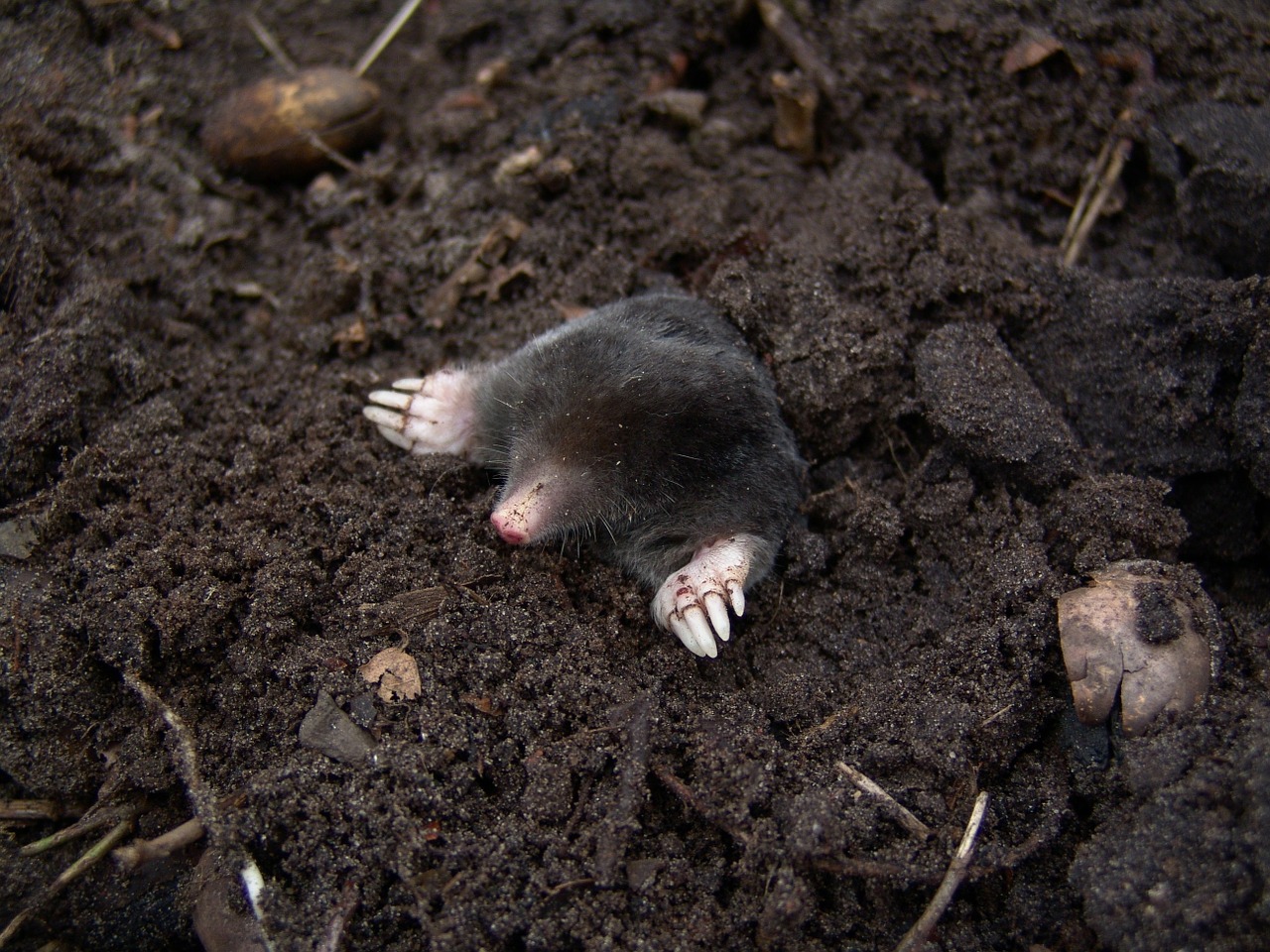Moles are literally popping up all over the UK now it’s getting colder – even in London – but are moles a winter pest? There are around 31 million moles living in the UK, but as they live largely out of site, they are out of mind for most of us. Their numbers increase massively after breeding season has ended, when the youngsters break away from their mothers, and develop their own territories.
Moles mainly eat soil dwelling insects, like beetles and grubs. A large part of their diet is earthworms. Young moles will start to build their own tunnels in June, and will feed on worms all through the summer. Because of our milder winters here in the UK, more and more juvenile moles are reaching adulthood. When the soil becomes hard through intense cold or harsh droughts, the moles’ food source will be trapped in a hard layer of soil. This makes it difficult for them to find the sufficient amount of food needed for survival, so mortality rates rise.
Through autumn and winter
During these seasons there is a great deal of mole activity. We often see them in new areas as they expand their tunnels. They dig deeper ready for the cold weather to come. Some mole tunnels have been known to be as deep as 18 inches below ground!
Moles extend their tunnel networks for one very simple reason: food. They use their tunnels to trap their food, and when there is enough in their snares they will seize them and store them in purpose built chambers, sort of like a mole pantry! Moles eat almost half of their body weight every day, and have very little body fat to keep them warm. This means that their store of fresh food is critical for when the ground starts to freeze.
Moles are present all year long, but we see a higher level of activity from them in the spring. Moles are the most active during the first part of the winter, as the levels of daylight fade. So this makes moles a winter pest!




Leave a Reply